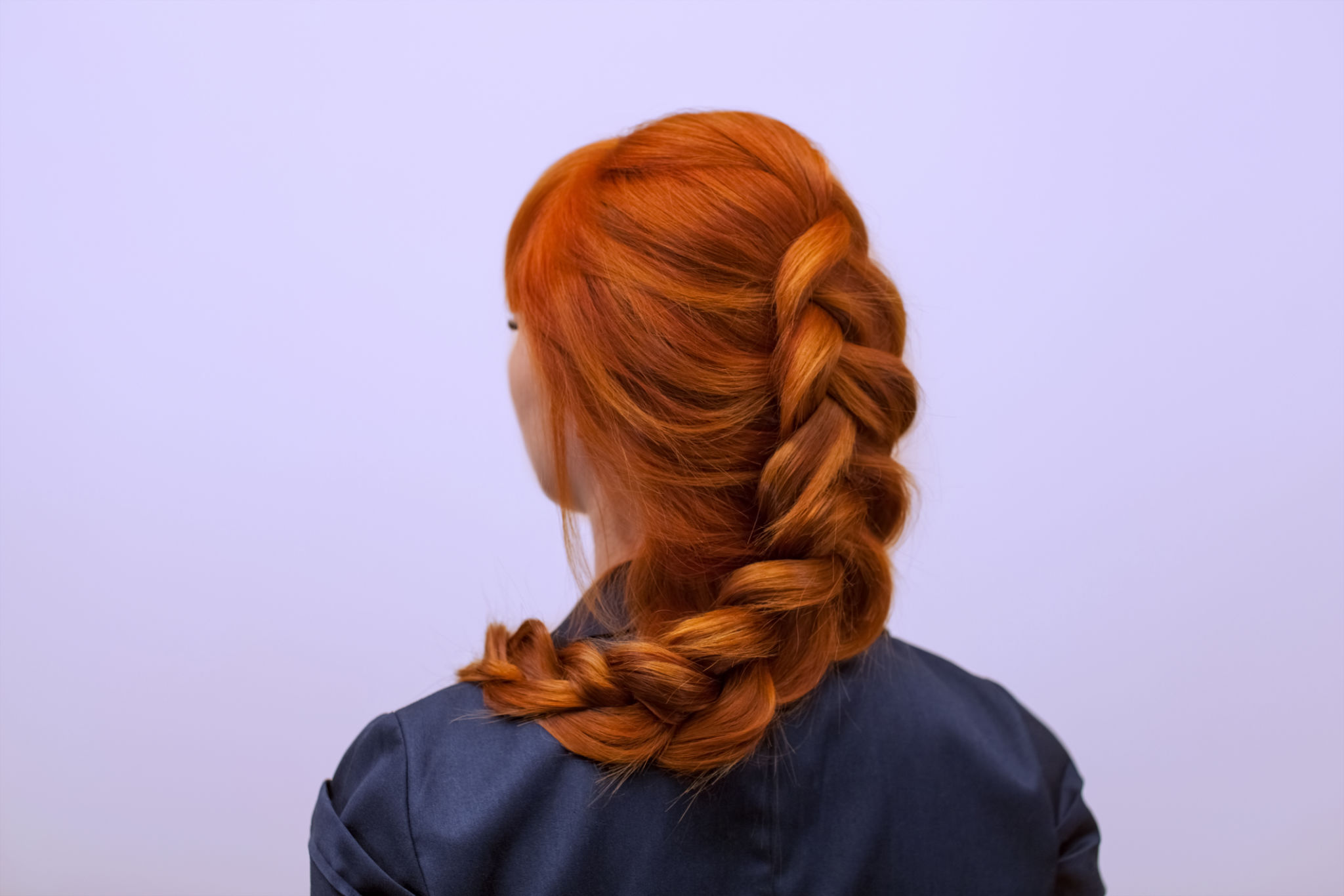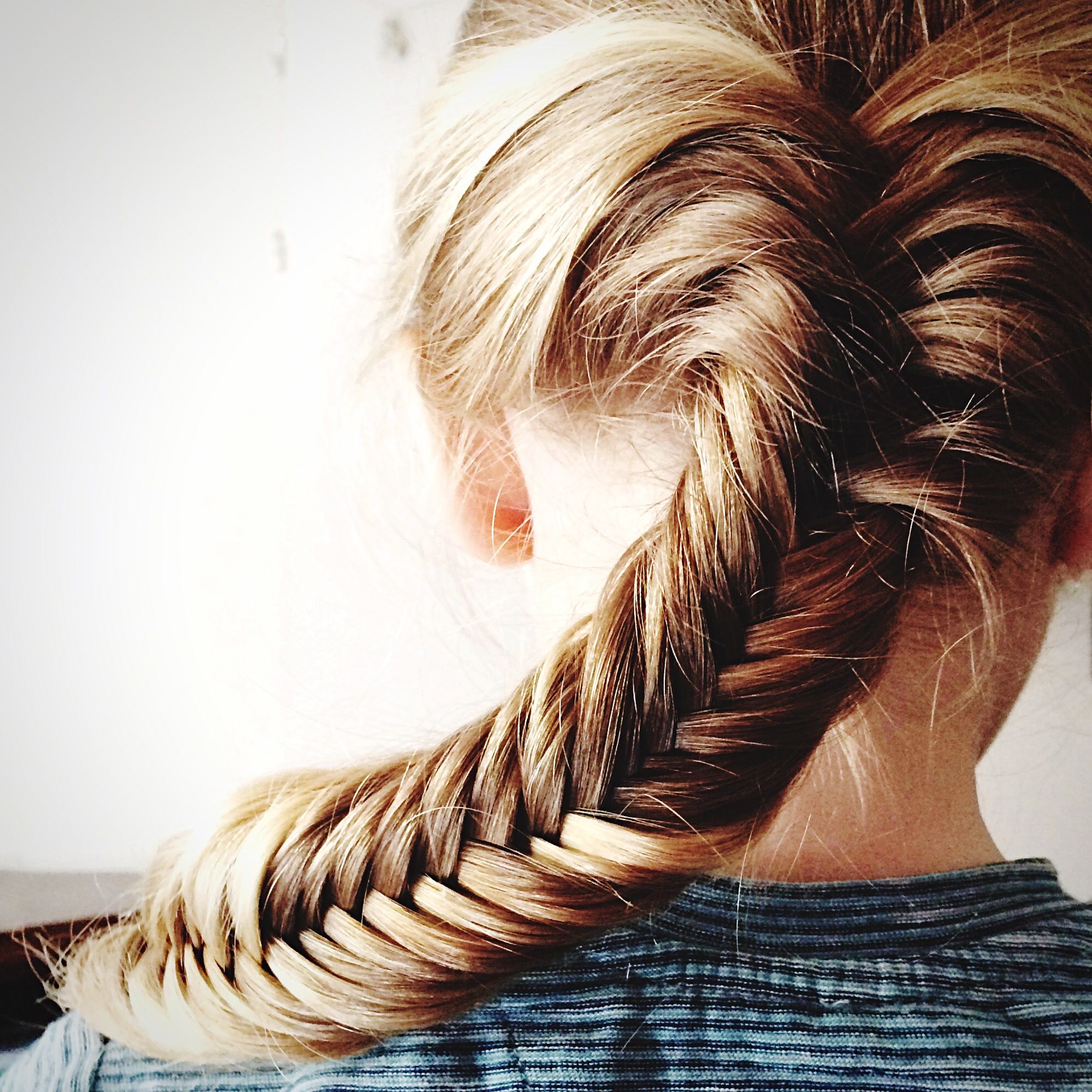Transform Your Look: Braiding Techniques You Need to Know
Introduction to Braiding Techniques
Braiding is not only a versatile hairstyle but also an art form that has been around for centuries. From simple braids to intricate patterns, this technique can transform your look dramatically. Whether you're preparing for a special occasion or simply want to change up your everyday style, mastering a few braiding techniques is a must.
In this blog post, we'll explore some of the most popular braiding techniques that can help you achieve a variety of looks. Whether you're a beginner or an experienced braider, there's something here for everyone. So grab your comb and let's get started!

The Classic Three-Strand Braid
The three-strand braid is the foundation of most braiding styles. It's simple, elegant, and perfect for any occasion. To create this look, divide your hair into three equal sections. Cross the right section over the middle, then the left section over the new middle section. Repeat this process until you reach the end of your hair.
This classic braid can be worn as a single braid down the back or as two pigtails on either side of the head. For added flair, consider pulling gently on each loop of the braid to create a fuller appearance.
French Braid: A Timeless Beauty
The French braid is a timeless style that adds a touch of elegance to any look. It starts similarly to the three-strand braid but incorporates more hair as you work down the head. Begin by gathering a section of hair from the top of your head and dividing it into three parts. As you cross each section over the middle, add more hair from the sides.
This technique creates a beautiful woven effect that stays secure throughout the day. The French braid can be styled in various ways, such as a single braid down the back or two braids framing your face.

Dutch Braid: The Inside-Out Braid
The Dutch braid, often referred to as the "inside-out" braid, is similar to the French braid but with a twist. Instead of crossing the sections over the middle, you cross them underneath. This creates a braid that stands out from the head rather than lying flat.
The Dutch braid is perfect for adding texture and dimension to your hairstyle. It's a great choice for those who want their braid to be more visible and pronounced.
Fishtail Braid: A Delicate Twist
The fishtail braid is known for its intricate and delicate appearance. Despite its complexity, it's surprisingly simple to create. Divide your hair into two sections instead of three. Take a small piece from the outside of one section and cross it over to join the other section. Repeat this process, alternating sides until you reach the end.
This technique creates a beautiful, textured braid that resembles a fishtail. It's a perfect style for casual outings or elegant events.

Box Braids: A Protective Style
Box braids are not only stylish but also serve as a protective hairstyle, especially for natural hair. These braids are created by sectioning the hair into small square-shaped parts and braiding synthetic hair along with your natural hair. This technique allows for versatility in length and color.
Box braids can last for several weeks, making them an excellent low-maintenance option. They can be styled in various ways, including buns, ponytails, or left down for a flowing look.
Conclusion: Embrace Your Creativity
Braiding offers endless possibilities for creativity and self-expression. Whether you prefer simple styles or intricate designs, there's a braiding technique that suits your personality and lifestyle. Experiment with these techniques to discover new looks that enhance your natural beauty.
Remember, practice makes perfect when it comes to braiding. Don't be afraid to try something new and embrace the artistry that comes with transforming your look through braids.
